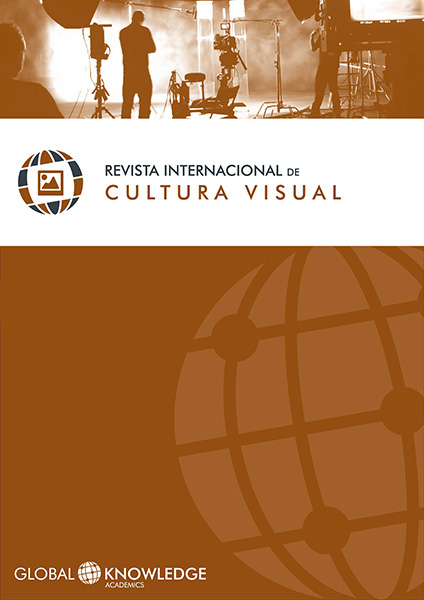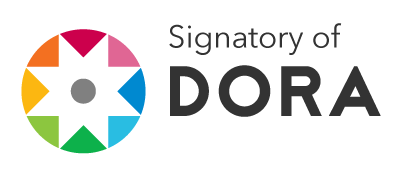Women illustrators on Instagram: digital influencers more committed to gender equality in social networks
DOI:
https://doi.org/10.37467/gka-revvisual.v6.1889Keywords:
Feminism, Social Networks, Digital Influencers, Gender, Instagramers, Culture DigitalAbstract
In recent years a new digital phenomenon has emerged, as a result of the development of social networks: the influencers. It is a trend closely related to the field of women's fashion and that increases sexist stereotypes. At the same time, a feminist current has become strong, led by millennial women (in many cases artists) who want to make real women visible and who take advantage of their influence on Instagram to claim gender equality. This paper analyzes the work and the main contributions of the most influential feminist instagramers, in contrast to fashion instagramers.
Downloads
Global Statistics ℹ️
|
5321
Views
|
6103
Downloads
|
|
11424
Total
|
|
References
Collazo, S. (2016). Influencer marketing: Cómo establecer relaciones eficaces. Ipmark: Información de publicidad y marketing. 828, 44-45.
De la Cal, C. (2014). Mujer, moda y revistas en el siglo XXI: it girls, egobloggers y Street style, 30.
Gallart, V. (2014). Irresistibles. 100 años de it girls en la moda. GRIJALBO ILUSTRADOS.
Gallego Juana. (1990). Mujeres de papel: de ¿Hola! a Vogue, la prensa femenina en la actualidad. Barcelona: Icaría.
Katz, E. Y Lazarsfeld, P. (1955). Personal Influence: The Part Played by People in the Flow of Mass Communications. UK: Routledge
Maeso, N. (2016), La construcción identitaria en la red, como lugar de residencia desde las prácticas artísticas ciber feministas y el activismo digital. Mujeres e Investigación. Aportaciones interdisciplinares: VI Congreso Universitario Internacional "Investigación Y Género". 431-444.
Marrades, M. I. (1978) Feminismo, prensa y sociedad en España. Papers: Revista de sociología, 89-134. DOI: https://doi.org/10.5565/rev/papers/v9n0.1001
Martínez, P. y Gaona, C (2016). Límites jurídicos de la publicidad en redes socialesFacebook, Instagram y Twitter. La Pantalla Insomne, 2410-2421.
Menéndez, I. (2009). Aproximación teórica al concepto de prensa femenina. Comunicación y sociedad, 2, 277-297.
Riera, S. y Figueras, M. (2012). El modelo de belleza de la mujer en los blogs de moda. ¿Una alternativa a la prensa femenina tradicional? Cuestiones de género: de la igualdad a la diferencia. 7, 157-176. DOI: https://doi.org/10.18002/cg.v0i7.908
Ruiz, J (2017), Millennials y redes sociales: estrategias para una comunicación de marca efectiva. Miguel Hernández Communication Journal, 8, 347-367. DOI: https://doi.org/10.21134/mhcj.v0i8.196
Downloads
Published
How to Cite
Issue
Section
License
Those authors who publish in this journal accept the following terms:
-
Authors retain copyright.
-
Authors transfer to the journal the right of first publication. The journal also owns the publishing rights.
-
All published contents are governed by an Attribution-NoDerivatives 4.0 International License.
Access the informative version and legal text of the license. By virtue of this, third parties are allowed to use what is published as long as they mention the authorship of the work and the first publication in this journal. If you transform the material, you may not distribute the modified work. -
Authors may make other independent and additional contractual arrangements for non-exclusive distribution of the version of the article published in this journal (e.g., inclusion in an institutional repository or publication in a book) as long as they clearly indicate that the work was first published in this journal.
- Authors are allowed and recommended to publish their work on the Internet (for example on institutional and personal websites), following the publication of, and referencing the journal, as this could lead to constructive exchanges and a more extensive and quick circulation of published works (see The Effect of Open Access).













